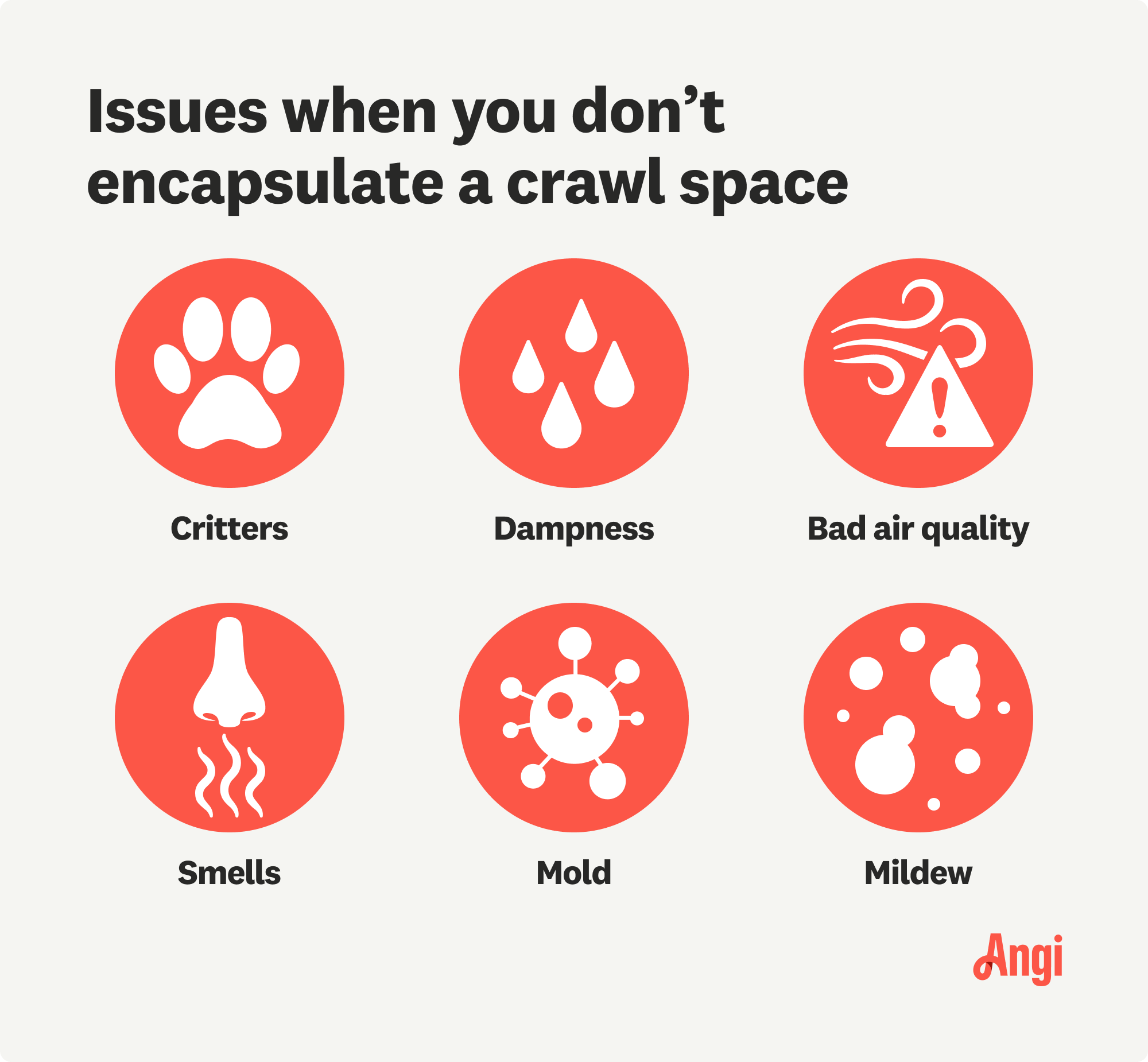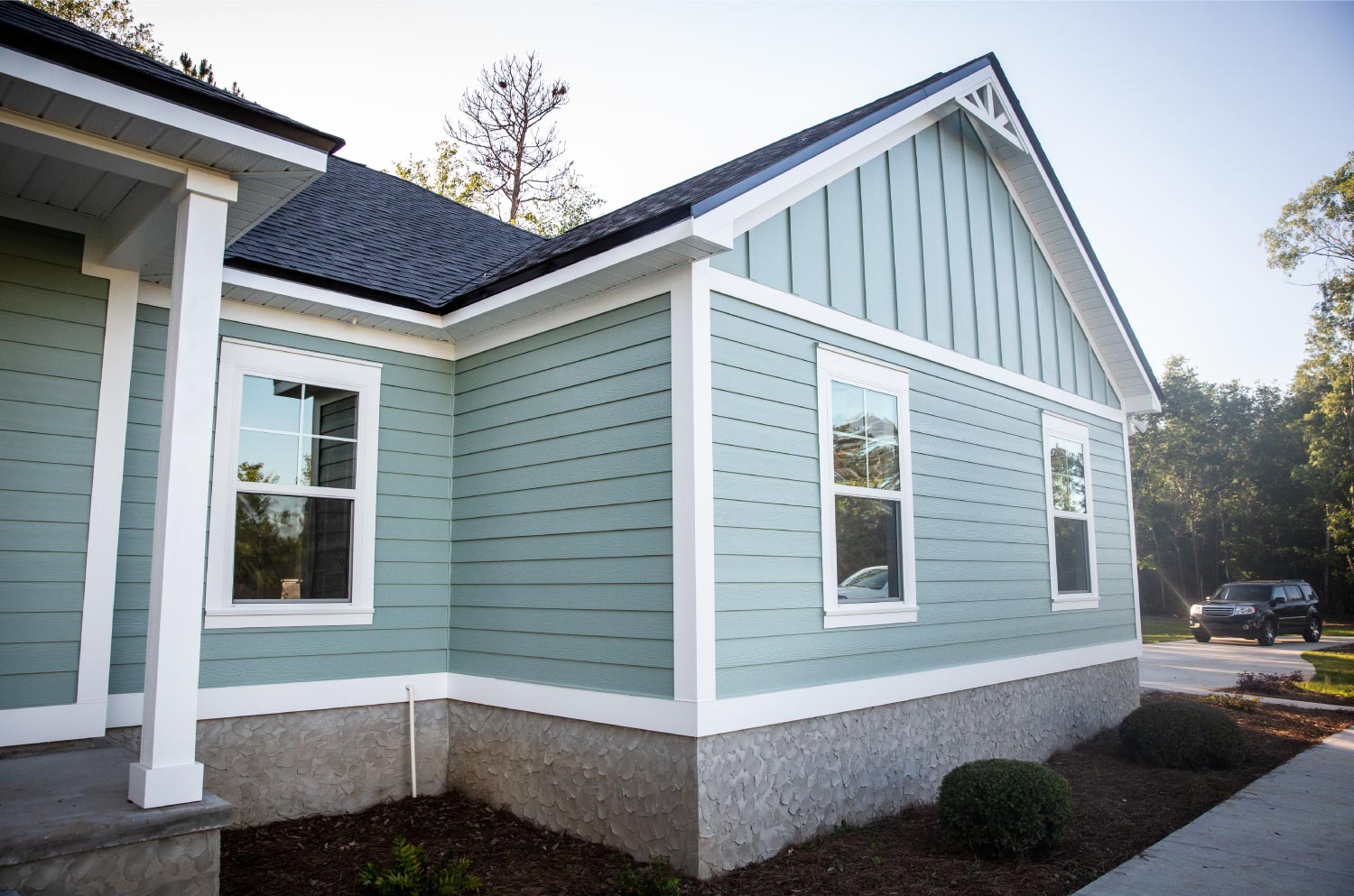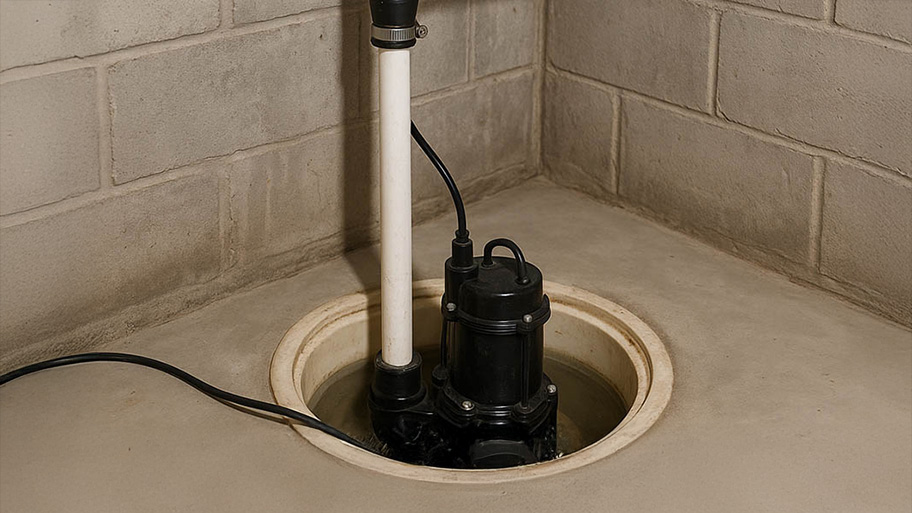
Crawl space repair costs can seem intimidating, but putting them off can lead to bigger issues. Learn about repair costs in this guide to set your budget.
Keep the great outdoors truly outside your home with crawl space encapsulation


Encapsulating a crawl space can prevent costly home issues.
Its primary purpose is to keep moisture out of your home’s foundation.
During the process, a contractor will install a vapor barrier, among other features.
The average crawl space encapsulation costs $5,500.
When planning a home renovation, encapsulating your crawl space is probably low on your list, if it's even on there at all. It’s not like you’re hanging out down there watching TV or hosting a game night. But your crawl space is actually one of the most vulnerable places in your home. Encapsulating your crawl space can protect your house from serious (and expensive) issues down the line.
Encapsulation is just a fancy way to describe wrapping your crawl space in a thin, single-layer plastic liner called a vapor barrier. You can also add other protective features, like a dehumidifier, drainage trench or a specialized liner (i.e., a radon membrane, which helps to reduce radon levels in your home).
Why do it? Most crawl spaces are directly open to the soil—and that includes stuff like mold, animals, insects, weeds, and moisture. Leaving your crawl space unprotected would be like leaving your front door open and exposing your home to the elements. Eventually, the problems that begin in the crawl space extend to your living space. You may find critters in the home, notice dampness in your basement, or smells coming from your crawl space. Mold and musty air compromise indoor air quality, too.

Encapsulation often goes hand-in-hand with insulating your crawl space, but they’re not the same. Insulation helps increase your home’s energy efficiency, but it does not create a moisture-tight seal that prevents mold growth.
That said, insulation can have similar benefits to encapsulation. Some insulations, like spray foam, have waterproofing properties—and they will protect your home from water damage if you live in a climate where exposed pipes can freeze and burst. Insulation can even help improve air quality by reducing the amount of pollutants that enter your home, but that’s not the primary purpose.
If you want a true barrier to protect against the outside elements—and all the moisture and mold that may come with it—then encapsulating is the way to go. If you’re looking to increase energy efficiency and protect your pipes, you need insulation. You can have your crawl space insulated and encapsulated at the same time.

As with just about anything, there are both benefits and drawbacks when it comes to crawl space encapsulation. While the pros of encapsulating a crawl space generally outweigh the cons, the cons are still worth considering. Check out the table below before deciding if encapsulating your crawl space is the best way to waterproof your basement.
| Pros | Cons |
|---|---|
| Protects against mold and fungus | High upfront cost |
| Keeps out pests and insects | Added maintenance |
| Increases energy efficiency | Potential HVAC upgrades required |
| Improves indoor air quality | |
| Reduces radon levels | |
| Helps prevent structural damage |
Many homeowners believe the benefits outweigh the cons to encapsulate, especially when considering the repercussions of letting the outdoors in.
An open crawl space is a magnet for moisture, which fosters mold and fungus growth. Crawl space encapsulation can help snuff out the problem and save you from costly and disruptive mold remediation.
Most of us don’t want to host a dinner party for termites, mice, and other pests—but an open crawl space is the perfect venue. Encapsulation helps prevent critters and creepy crawlers from sneaking up through your floors or finding their way into your walls. Yes, those cute fluffy squirrels can really do some damage.
Encapsulation helps increase your energy efficiency by reducing energy loss, especially if you use cell foam insulation. It also solves the problem of bitterly frigid floors in the winter. Your bare feet will thank you.
It may not seem like it, but you actually do breathe the air from your crawl space via ducts, cracks, and other openings. Encapsulation helps improve indoor air quality by preventing mold, pollen, pollution, and other contaminants from entering your home, so you can breathe easier.
Radon is a dangerous radioactive gas that’s often found in basements and crawl spaces. Encapsulating your crawl space with a radon membrane can reduce radon levels in your home and eliminate related health issues.
Moisture can cause expensive structural damage over time, as can termites and other pests. Sealing up below your home can reduce the risk and also prevent your foundation from sinking.
Encapsulation protects your home, and it’s generally a good investment. That said, there are a few reasons why you may want to skip this project.
Crawl space encapsulation is usually a significant upfront investment. Most homeowners spend a few thousand dollars—but costs could reach five figures if your space needs significant work. Expect to spend $2 to $10 per square foot.
An unencapsulated crawl space doesn’t require much maintenance—but an encapsulated crawl space does. Once you add a vapor barrier, drainage, and venting, you’ll need to make sure all of these elements stay in good shape and repair them when they fail.
You should inspect your crawl space twice a year along with an annual professional crawl space inspection.
Crawl space encapsulation reduces air flow, which can pose a problem if you have a combustion-based furnace. In this case, you may need to upgrade your HVAC system in order to properly encapsulate the area. If you have any doubts, call a crawl space encapsulation service near you. They’ll be able to tell you what’s best for your home.
The average homeowner will pay about $5,500 to encapsulate their crawl space, but there are a lot of factors that influence the cost of crawl space encapsulation including:
The size of your home
The condition of the crawl space
The thickness of the vapor barrier
The number of layers of vapor barrier
The type of insulation
The inclusion of add-on features (like sump pumps or drains)
Whether or not you have to seal vents
If you don’t need anything fancy, you may get by with a cost as low as $1,500. Crawl space encapsulation could cost as much as $15,000 if the area needs significant repairs and a drainage system. This is sometimes wrapped into the cost to waterproof a basement, depending on your issues.
Encapsulating a crawl space is not a project for DIYers. It is difficult and dangerous, and if done improperly, you may still need to hire a contractor to fix your mistakes. Installing vapor barriers, setting up dehumidifiers, correcting drainage issues, using a sump pump, sealing cracks in your foundation, and identifying and fixing wood rot and insect infestations are all jobs best left to the pros.
You can save money by capping and sealing vents and cleaning the area before your pro arrives. However, you may still expose yourself to dangerous contaminants like mold or pest urine and feces, so wear safety equipment, including long sleeves, pants, gloves, goggles, and a respirator.
Encapsulation isn’t considered a DIY job for most, unless you happen to be a highly skilled contractor. Most people hire a foundation repair contractor to ensure the job is done right. While the exact process will differ from space to space, your encapsulation pro will follow these general steps:
Install a vapor barrier, leaving no area exposed
Install a drainage system to route standing water or moisture in the ground away from your home
Secure the vapor barrier, closing every crack, hole and seam
Seal your crawl space vents so no outside air can enter the space
Condition the space by either installing an exhaust fan, a dehumidifier, or adding ducts so your crawl space receives air from the rest of your HVAC system
This type of job generally takes between one and two days, depending on the complexity and size of your crawl space.
Many older homes have crawl spaces with vents, which, contrary to popular belief, can actually make a moisture problem worse if left open. It’s generally a good idea for any homeowner who lives in an area with lots of humidity or moisture to encapsulate. It’s also popular among homeowners looking to increase their energy efficiency.
According to data from Angi, around 41% of homeowners are looking to waterproof their basements within 2 weeks, and about 17% need it done within 1 to 2 days, highlighting the urgency of this project for many homeowners. Another 35%, however, are still planning and budgeting.
From average costs to expert advice, get all the answers you need to get your job done.

Crawl space repair costs can seem intimidating, but putting them off can lead to bigger issues. Learn about repair costs in this guide to set your budget.

A variety of factors can affect your total crawl space encapsulation cost. Here’s a breakdown of the cost of this project, whether you hire a pro or DIY.

Sump pump replacement costs depend on the type of unit you have and the cost of labor, which varies by region. Read on to find out more about what to expect.

Keeping your crawl space vents open or closed largely depends on the season, moisture, and existing ventilation. Learn why weather is a major factor.

A flooded basement can lead to lasting structural issues in your home. Discover what causes basement flooding and how to address the issue.

Crawl space inspections should be as commonplace as roof and chimney checkups. Here's who to hire to inspect your crawl space.